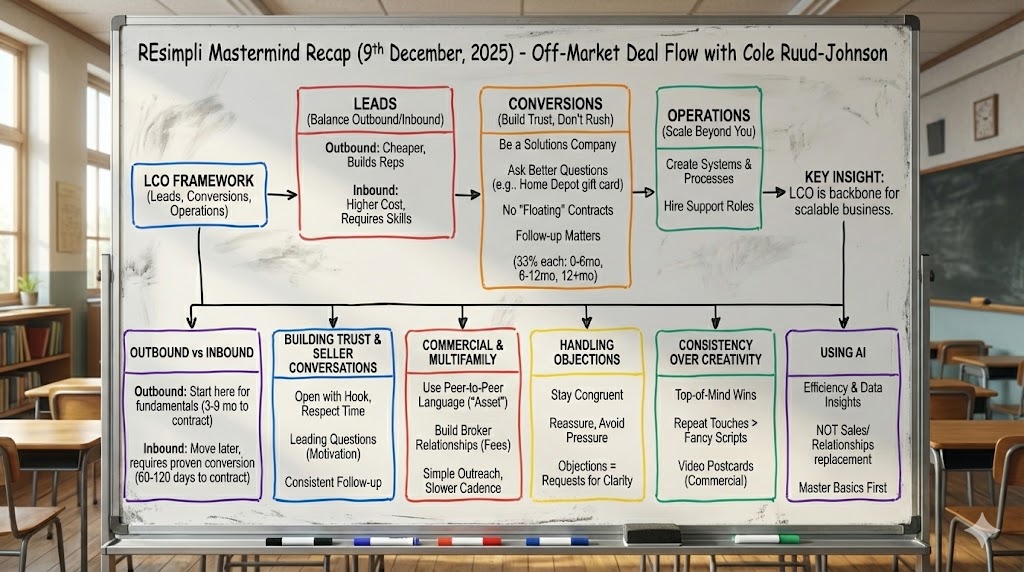Driving for dollars, though it sounds like a catchy slogan for a four-wheeled gameshow, is a genuine grassroots strategy that many real estate investors swear by.
The process involves physically driving around neighborhoods, usually assisted by a dedicated driving-for-dollars app, identifying potential investment properties based on visible cues.
You could find a pre-foreclosure property, an off-market property, or a regular home for sale.
However, it’s important to put together good criteria for driving for dollars to ensure you achieve the best success.
With the surging interest in real estate investing growing every day, driving for dollars offers a proactive approach to finding opportunities, especially for those willing to put in the legwork (or wheelwork).
We’ve put together this blog to expand on how to plan your driving-for-dollars approach and shed light on frequently asked questions about the process.
Criteria for Selecting a Driving for Dollars Area
Your driving-for-dollars success rate rests heavily on where you choose to drive around.
We’ve put together some essential criteria to help guide your journey to the properties that will make the biggest impact on your career:
Location
Importance & Benefits: The old adage “location, location, location” still rings true, especially with the hands-on approach that is driving for dollars.
A great, high-value area can command higher rental rates, better appreciation potential, and more demand from potential buyers.
On the other hand, if you drive around areas with a history of distress, you can find properties under market value—great for flipping, renovating, or wholesaling.
Tips: Focusing on upcoming neighborhoods with potential growth or established areas with high demand is the way to go about it.
Conversely, you can look for signs of renovations, new businesses, or infrastructure developments that indicate growth.
Property Characteristics
Importance & Benefits: Identifying properties with visible signs of distress or neglect can indicate motivated sellers eager to get rid of their homes quickly.
Distressed properties often come with discounts or favorable terms during negotiation, giving you an edge over buying traditionally.
Tips: Look for telltale signs such as overgrown lawns, boarded-up windows, abandoned vehicles, or houses that look like they haven’t had a makeover in a long time.
They might not look like much, but they could be diamonds in the rough.
Owner Information
Importance & Benefits: Once you’ve identified a potential property, you’ll need to find the owner to properly start the process of negotiation.
This can be a surefire stepping-stone to direct negotiation without middlemen.
Tips: Use online public record databases or county tax assessors or even try to find the best driving-for-dollars app to gather information about the property’s ownership.
Knowing how to use driving-for-dollars apps is essential for a good system.
Follow-Up Strategy
Importance & Benefits: Identifying a property is just the start; the communication that follows will truly make the difference. How you engage and negotiate with the owner can determine your success rate.
People buy into personality and professionalism before they put money or property on the table, so don’t be too lax with this part of the process.
Tips: Consider sending physical materials via direct mail campaigns, making phone calls, or even door-knocking to reach potential clients.
The balance between maintaining persistence and ensuring you approach owners respectfully is the key.
Frequently Asked Questions
After you’ve developed your criteria for driving for dollars, you might still have questions about how the process can work for you.
We’ve put together answers to typical questions so you can get behind the wheel with confidence.
Q: What’s driving the dollar’s success rate?
A: Driving for dollars has a varied success rate based on the location of operation, follow-up approach, and the persistence of the investor.
On average, a dedicated individual might land a deal every 200–300 properties they spot and follow up on.
A success rate of even 1% is very good for any investor.
However, the quality and profitability of these deals can make all the effort worthwhile. In essence, it’s a game of both quantity and quality.
Q: How can I make money driving for dollars?
A: Driving for dollars, as an extension of typical investing, should be undertaken with profit in mind. Primary ways to make money from driving for dollars include:
- Flipping or renovating distressed properties for a profit after buying them at a discounted rate.
- Wholesaling the deal quickly to another investor after securing the contract.
- Holding the property as a landlord for consistent rental income.
Regardless of how you approach making money from driving for dollars, the key is buying at the right price, which the strategy of driving for dollars often facilitates by identifying motivated sellers.
Q: Does driving for dollars work?
A: Absolutely, as long as you do it properly.
While not every drive around the block is going to lead to a deal, the strategy has proven to be effective for many real estate investors over the years, which is why it’s still used today.
It allows for direct, uninterrupted interactions with sellers, often leading to deals being made without competition from other hungry buyers.
As with any investment strategy, consistency, research, and a good follow-up system can increase its effectiveness.
Conclusion
While it might sound like a grown-up Easter egg hunt, driving for dollars isn’t just a casual jaunt around the neighborhood—it’s a calculated, strategic endeavor based on time, effort, and results.
All of your journeys’ successes hinge on knowing where to look, what to look for, and how to capitalize on opportunities.
With the simple but effective driving-for-dollars real estate criteria and insights shared in this article, you should be well-equipped to navigate this path.
To dive deeper into how to successfully implement a driving-for-dollars strategy, check out our comprehensive guide on driving for dollars and real estate investing.


![Investing with other people’s money [Part 2]](https://resimpli.com/wp-content/themes/REsimpli/images/how-it-work.jpg)